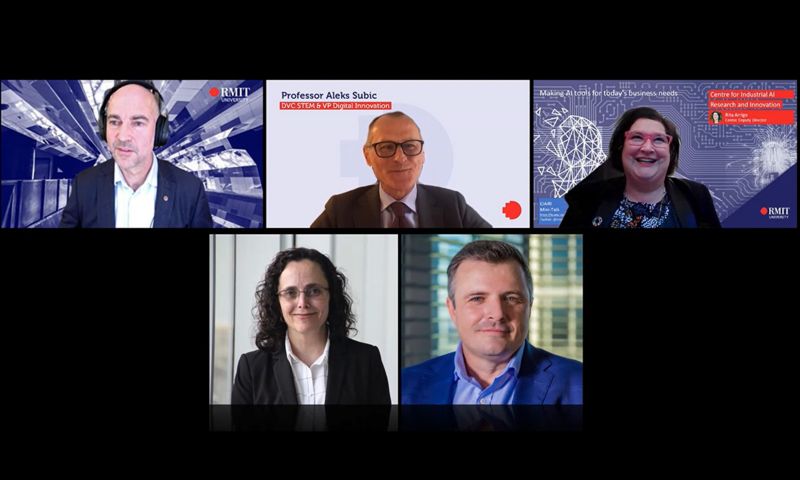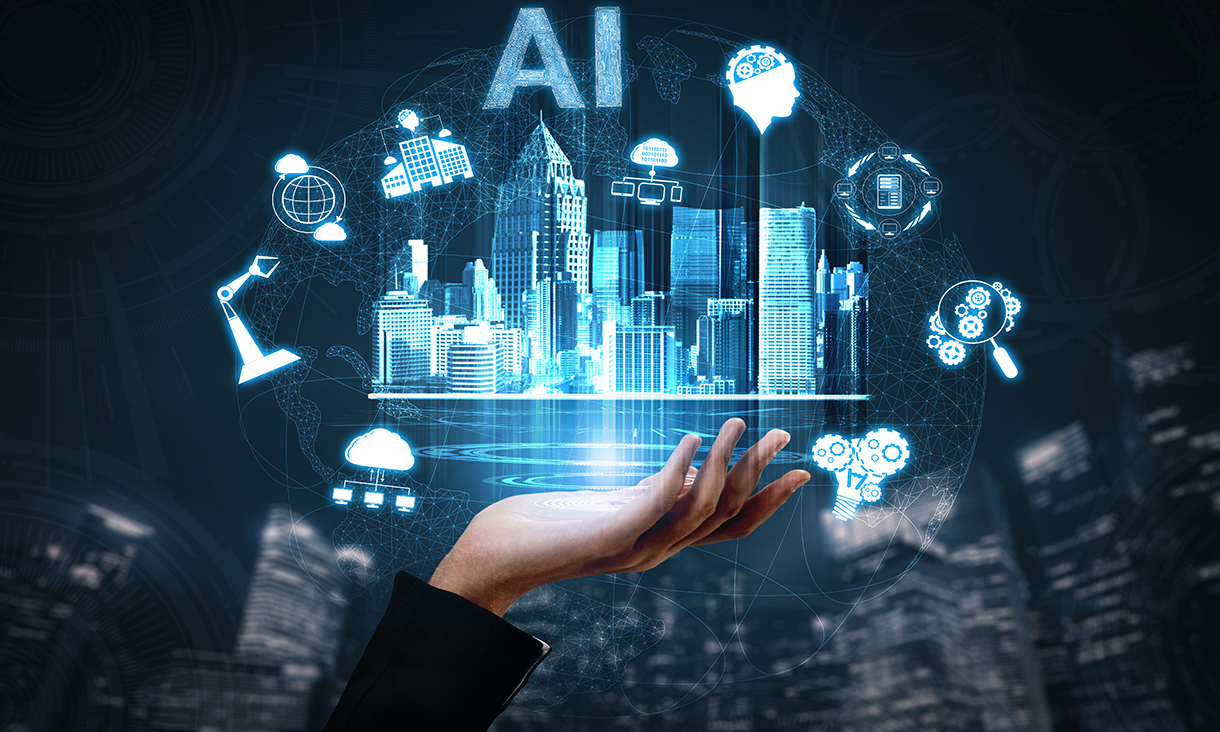Co-Director of RMIT’s Blockchain Innovation Hub, Distinguished Professor Jason Potts, echoed Rouse’s enthusiasm and outlined the importance of bringing in the right skills – both from students and people in the current workforce being retrained – to run a new suite of exciting digital technologies including Blockchain.
Speaking about the Digital CBD project, Potts said a combination of tech and code and regulation becomes a new, huge comparative advantage that Australia could lead the world in.
“This is technical universities coming into their own, this is our moment to really lead this innovation agenda and rebuild the 21st century economy,” he said.
CEO and Managing Director, Siemens Digital Industries Software AU/NZ, Samantha Murray said Australia needed to continue punching above its weight to be a global leader in digital transformation.
Speaking about the Industrial Digital Innovation Hub at RMIT, Murray said the University expected as many as 10,000 students across a range of disciplines including engineering, science, technology, health and design to access some of the most advanced industrial software by Siemens across the next three years and beyond.
“It has never been so important to provide this type of industrial digital environment for the development of the workforce of the future that we are so passionate about,” she said.
Rita Arrigo, Deputy Director of RMIT's recently announced Centre for Industrial AI Research and innovation (CIAIRI), outlined how CIAIRI will help industry embrace and implement AI to grow the economy and generate jobs.
“We’re working with industries to solve some of the hard problems discussed today, ranging from health where we’re using computer vision to dramatically improve the detection of prostate cancer, through to transport and decarbonisation of our cities,” she said.
Arrigo also acknowledged the collective effort required to achieve digital innovation, particularly when it comes to workforce transformation.
“Being a team sport, it’s so exciting and I think it’s an area where collaboration is key,” she said.
Story: Kate Frazer





